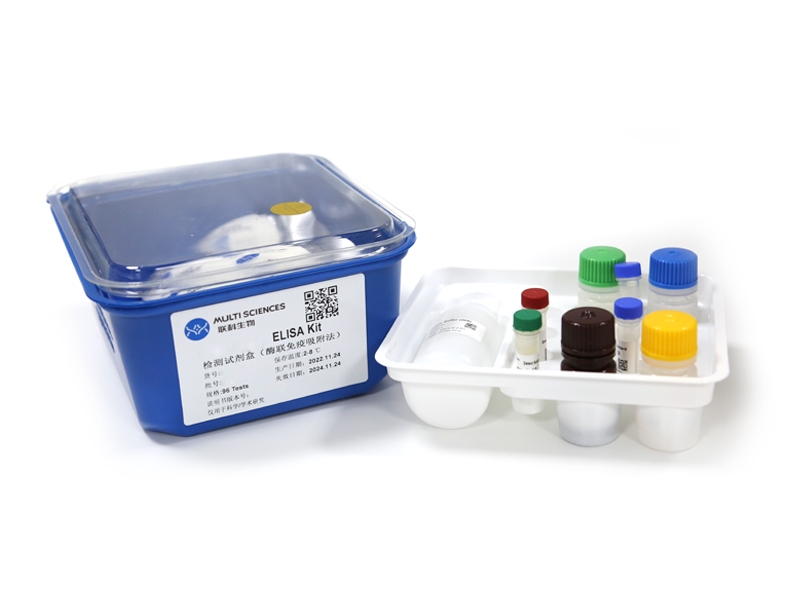Compared with the traditional single therapy, nanomedicine has promoted a multimodal combination treatment for various carcinomas, especially the development of corresponding intelligent multifunctional biomaterials based on advanced DNA nanotechnology has great potential in cancer combination therapy. Herein, we describe a strategy to "backpack" aptamer PL1, which specifically binds to PD-L1 and Pcsk9 siRNA on well-defined DNA tetrahedral nanoparticles (TDNs) via DNA hybridization, which collectively contributes to the effective therapy for colorectal cancer (CRC). In addition, we designed a targeted TDN upon folic acid (FA) recognition, limiting its release to the sites of tumors where folic acid receptor (FAR) is encountered. Our results demonstrated that the TDN-FA/PL1/Pcsk9-siRNA could free immune cells to target CRC cells and attenuate 83.48% tumor growth in mouse models of CT26 CRC. Mechanically, the cancer-targeting FA guided TDN-FA/PL1/Pcsk9-siRNA into tumor cells, thereby ensuring that the aptamer PL1 could choke the mutual effects between PD-1 and PD-L1, followed by a 1.69-fold increase in T cell number and a 1.9-fold suppression of T cell activity by the PD-1/PD-L1 pathway, while Pcsk9 siRNA decreased Pcsk9 expression averagely to the extent of 65.13% and then facilitated intratumoral infiltration of cytotoxic T cells robustly with IFN-γ and Granzyme B expression. Our results reveal that the multifunctional TND-FA/PL1/Pcsk9-siRNA is effective and safe for CRC therapy, thereby expanding the application of DNA nanotechnology for innovative therapies of various cancers.
文章引用产品列表
-
- EK280
- ELISA试剂盒
Mouse IFN-gamma ELISA Kit检测试剂盒(酶联免疫吸附法)
- ¥1,600.00 – ¥10,800.00



